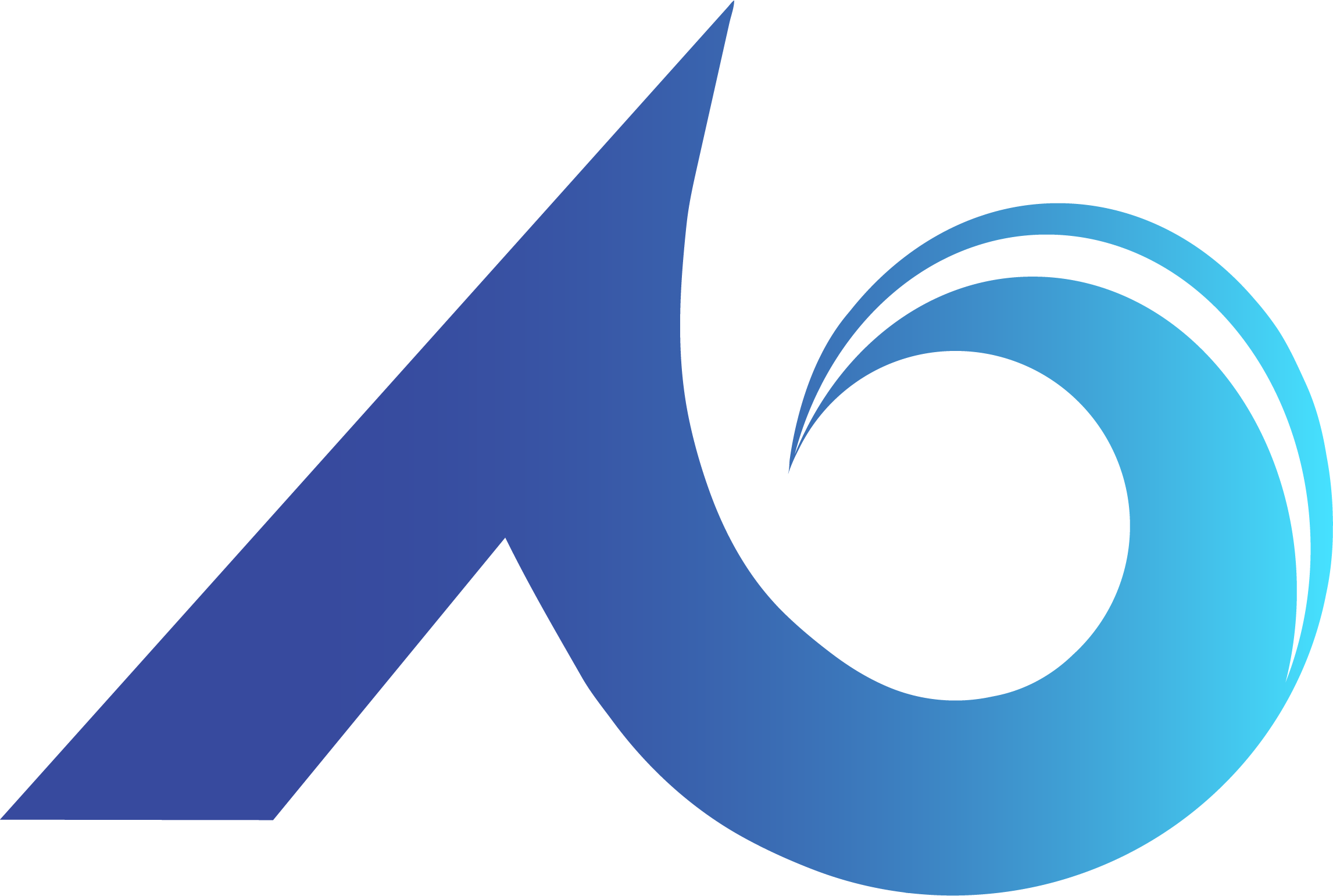The real reason your safety training isn’t clicking? It’s probably the content

So, what even is EHS training content, and why should you care?
EHS training content is the guts of your program. It’s the videos, quizzes, PowerPoints, checklists, and guides that show your team how not to get hurt or get you fined. Whether it’s delivered online, in person, or through an LMS, it’s the actual stuff that builds awareness, drives safety culture, and checks those all-important compliance boxes.
Content and software aren’t the same thing; don’t confuse the meat with the plate
Your LMS is the container. The content is the main course. One hosts the training, the other teaches it. You can have the flashiest LMS in the world, but if the content is boring, outdated, or irrelevant, no one’s learning anything. And that’s a problem, especially when OSHA comes knocking.
Let’s be real, DVDs are out and digital libraries are in
Today, there are better ways to deliver safety content that your team will actually use:
- Online training courses: These eLearning modules combine videos, quizzes, and interactive content that learners can complete on any device.
- Streaming video libraries: Like Netflix, but with less drama and more hard hat awareness. Trainers can play content on demand, whenever needed.
- LMS platforms: These host and track training completion, issue certifications, and let you upload your own content or integrate vendor content.
Dry content kills retention, and that leads to real risks
You can have the best delivery method out there, but if your training content feels like a snooze-fest, your team won’t remember anything. OSHA doesn’t care if you checked a box, they care if your workers understand the hazards. Great content keeps it accurate, relevant, and job-specific. Even better if it gets Larry in maintenance to say, “Huh, I didn’t know that.”
Who creates your content matters more than you think
Not all safety training content is created equal. Some are built by experts, others… not so much. Here’s where most content comes from:
- Video production teams: The folks behind the camera making professional-grade training videos (hopefully with real safety advisors).
- Instructional designers: These pros design structured learning experiences that mix visuals, storytelling, and testing.
- Presentation creators: PowerPoints that don’t put people to sleep? Yes, please. These slide masters often support trainers or are built into interactive eLearning.
- SaaS platforms: Subscription-based systems that bundle courses and tracking in one platform, but always vet the content quality, not just the tech.
U.S.-based content isn’t just nice, it’s necessary
When it comes to compliance, local matters. U.S.-based content providers build their material around OSHA regulations, not EU rules or Canadian standards. That means your training speaks the same language as your inspectors and your insurance company. Plus, you get U.S.-based support when things hit the fan (and they will).
Training content should match the job, not just tick a box
If your team handles chemicals, heat, heights, or heavy machinery, your training should reflect those realities. That means real-life scenarios, relevant hazard awareness, and industry-specific examples. Bonus if it includes refresher content, microlearning options, or downloads like checklists and toolbox talks.
Now, tell them they can start with this
Need a solid example of what modern, targeted training looks like? Start with our Heat Stress: Employee Safety Training Course. It’s a perfect fit for teams working outdoors, in kitchens, warehouses, or anywhere heat exposure is a real thing, Not just a summertime buzzword.
Already shopping for better content? Here’s where to start
If you’re serious about upgrading your safety program, explore our Safety Training Course Catalog. It’s packed with U.S.-made, OSHA-aligned, and ridiculously relevant content for every industry, every team, and every level of experience.
Expand your knowledge with our full safety training catalog
Expand your knowledge with Atlantic Training’s full safety training catalog. This catalog provides an introduction to EHS content, but there’s more to learn. For a deeper dive into compliance, engagement, and training strategy, consider enrolling in a course from our full catalog.
References
- Occupational Safety and Health Administration (OSHA) – Training Requirements in OSHA Standards.
- National Institute for Occupational Safety and Health (NIOSH) – Hierarchy of Controls.
- U.S. Department of Labor (DOL) – Training and Employment Resources.




